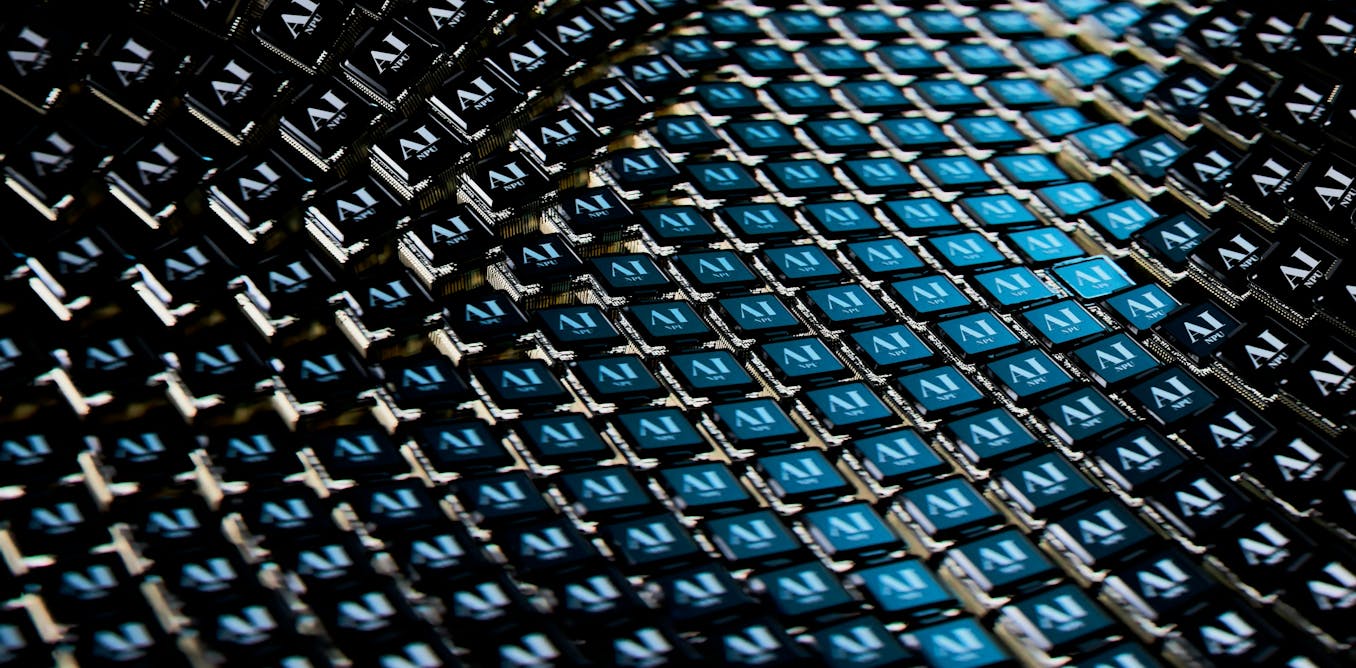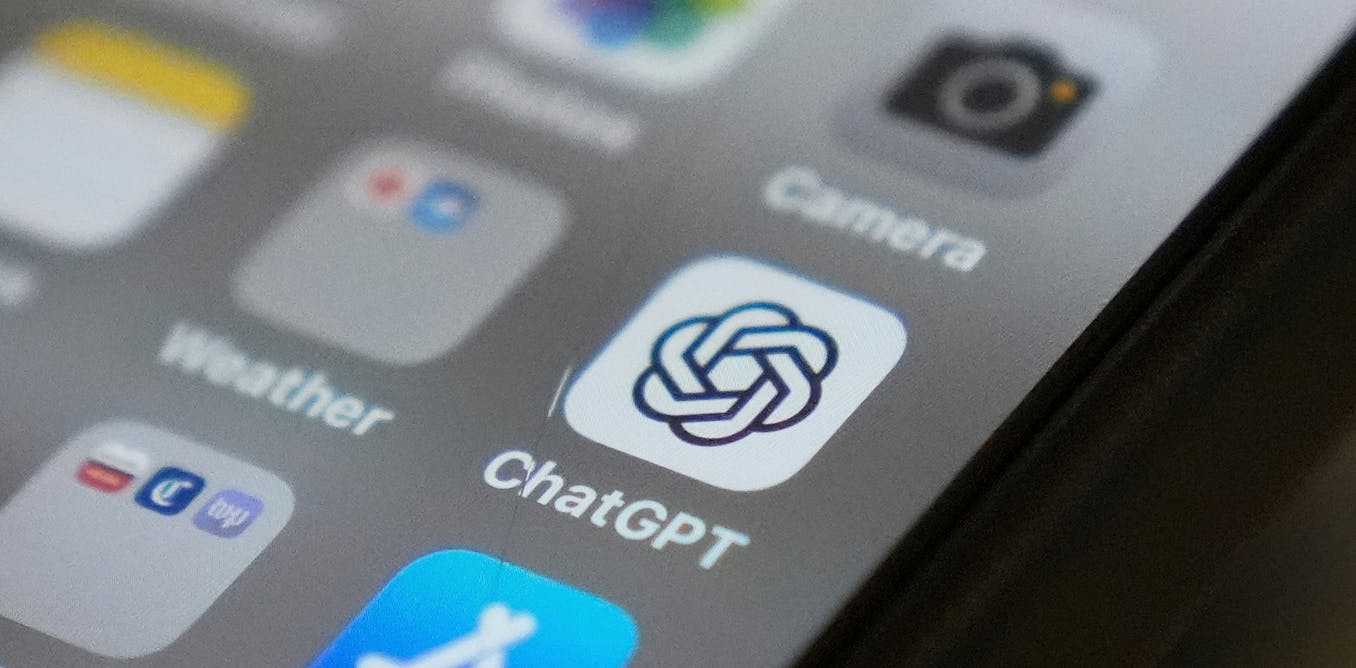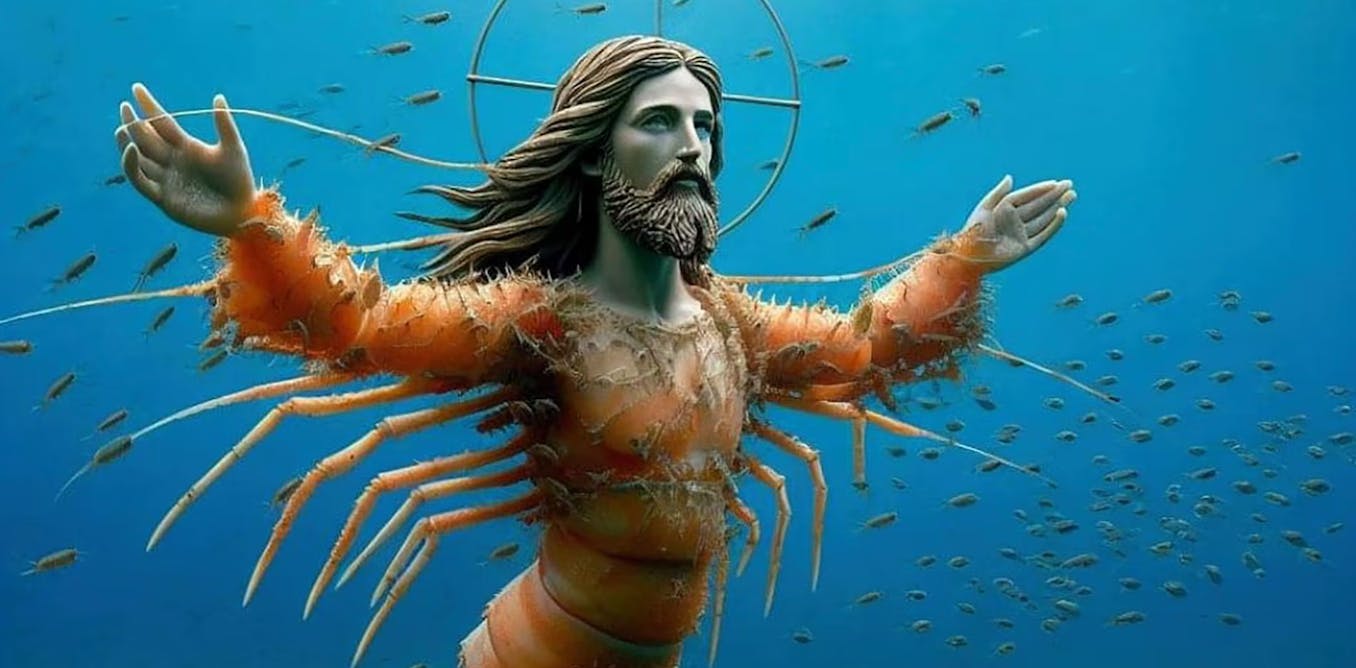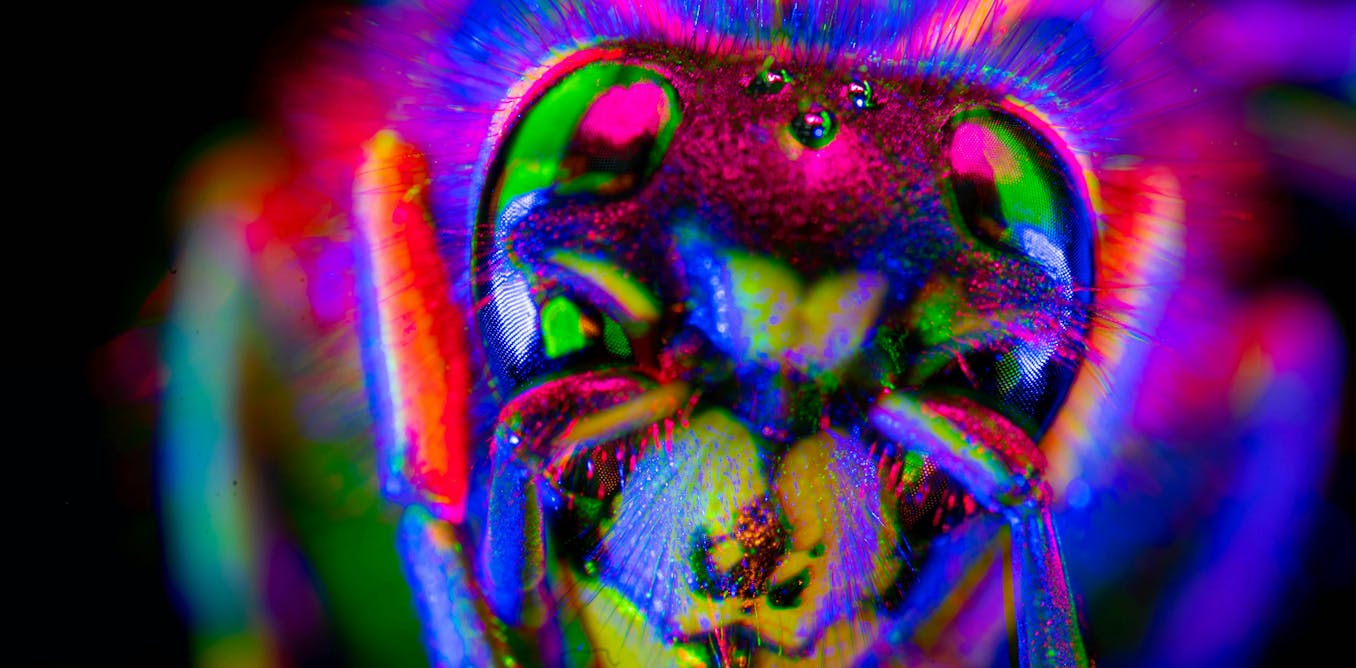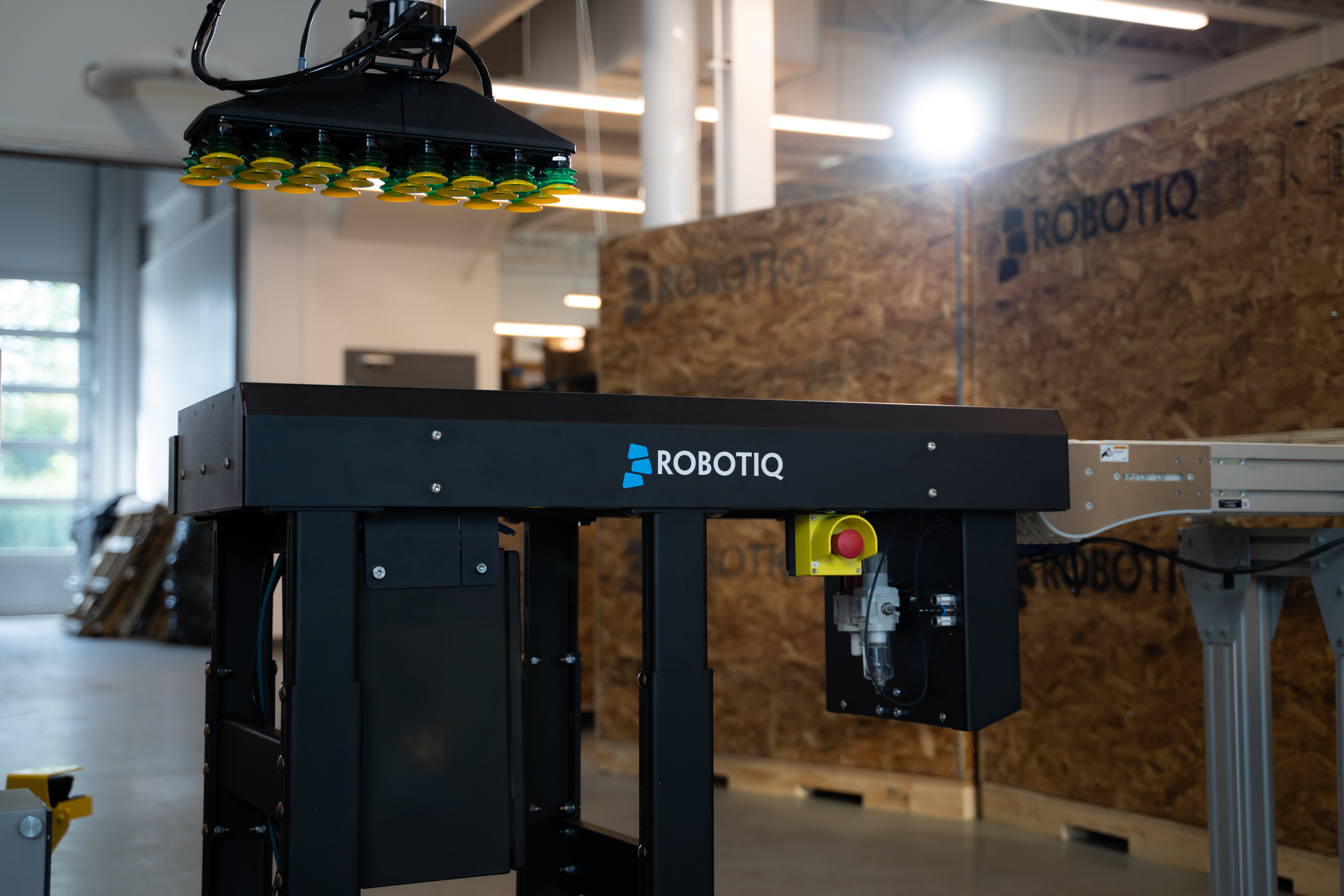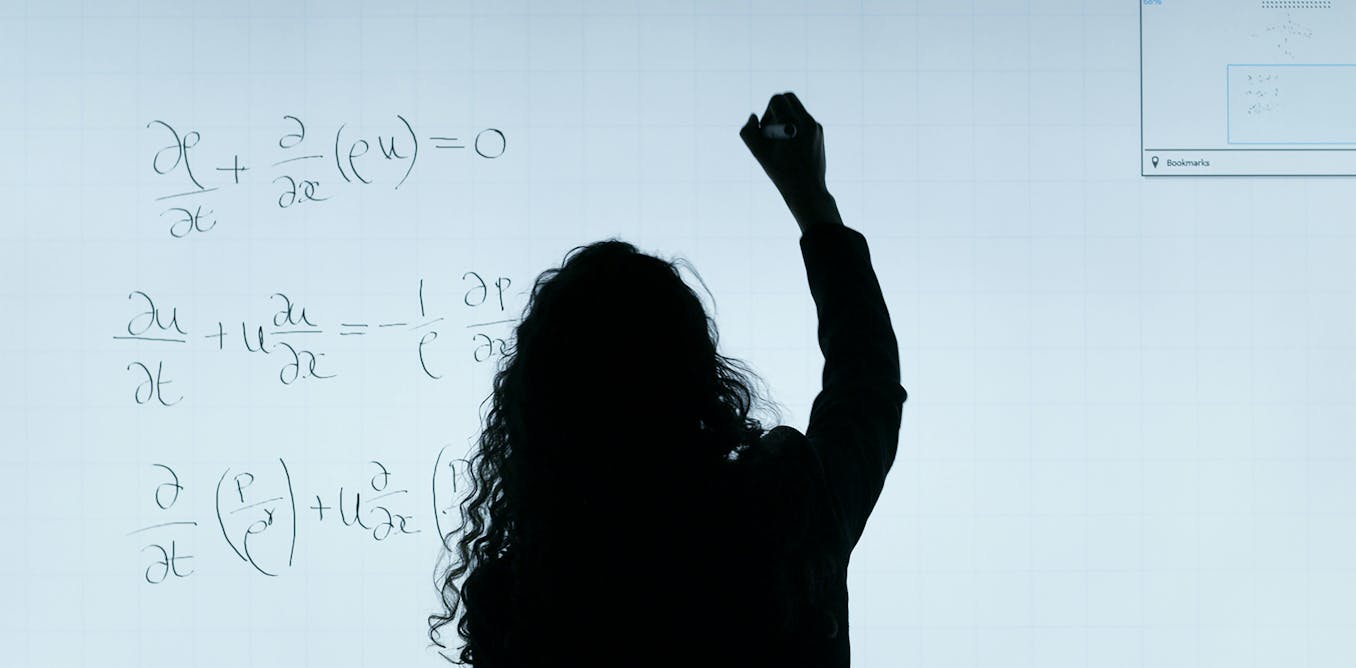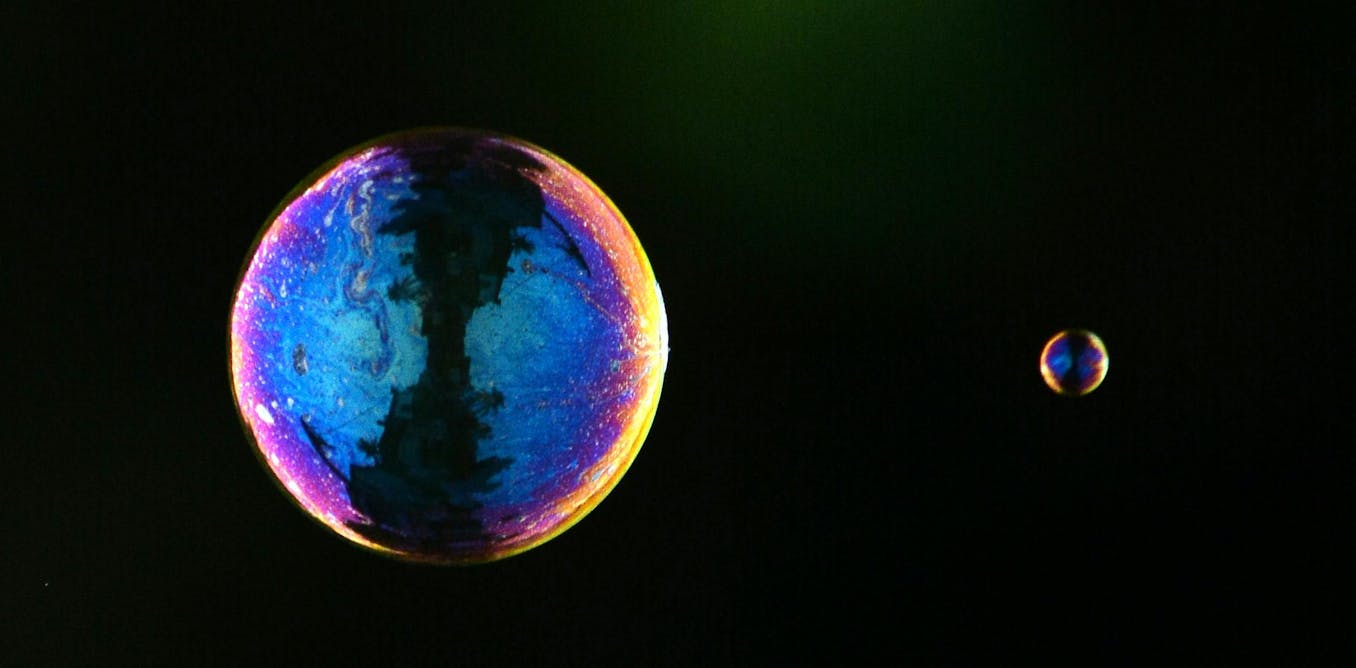Most kids have a natural curiosity about sharks − especially their sharp and abundant teeth. Our team had the idea to use the appeal of this charismatic apex predator to teach how scientists use artificial intelligence.
We are researchers in AI literacy and STEM education who helped create a series of lessons that use fossil shark teeth to demonstrate the power and pitfalls of AI.
The curriculum guides middle school students and teachers through building and evaluating computer vision models that can reliably classify fossil shark teeth. Computer vision is a type of artificial intelligence that uses algorithms and a lot of image data to classify and identify objects. It’s the same technology that enables Google Lens to identify plant species in photographs or self-driving cars to recognize people, cars and bicycles.
Our free Shark AI curriculum has five modules, which are aligned with national and state science education standards. These standards outline the key knowledge and skills students should learn at each grade level. The lessons are designed to cultivate students’ interest in AI, data science, paleontology and the nature of science.
Department of Education, University of Florida, CC BY-ND
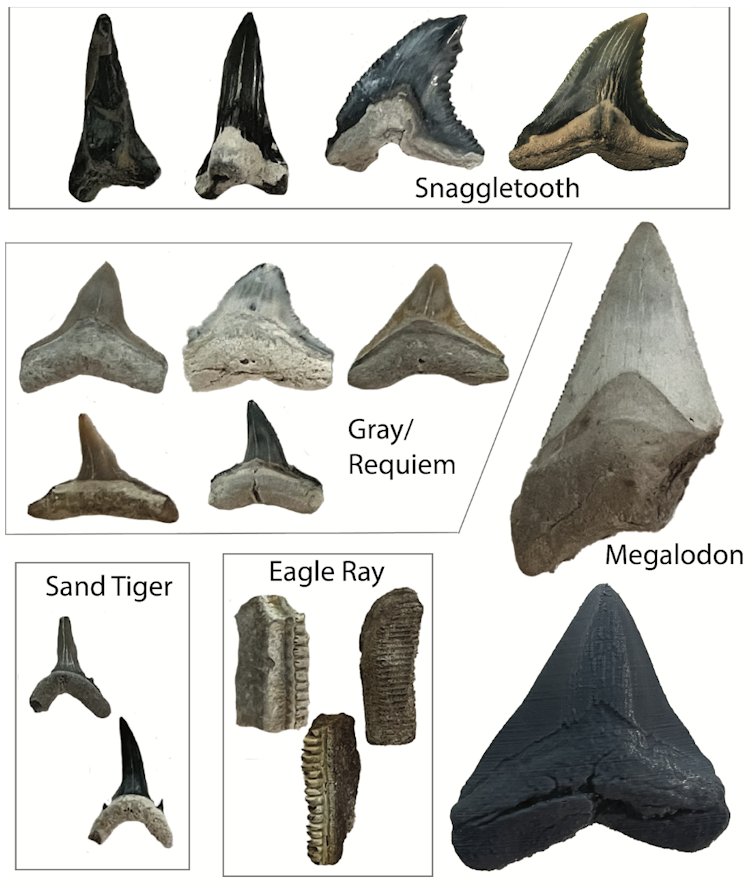
Bruce MacFadden photo composite, CC BY-ND
The overall objective of Shark AI is to show that one does not have to be a computer scientist to use, teach or learn AI. We believe all teachers can and should be prepared to teach about AI in order to facilitate the technology’s meaningful integration into K-12 education.
Teaching science with AI
AI is already transforming our lives at a dizzying pace.
To help prepare kids to live and work in an AI world, it is important for them to learn about the technology in school. Most of the resources available to teach AI in K-12 classrooms focus on the technology itself. As a result, these lessons may be offered only in specialty classes such as computer science and engineering, which may not be offered to all students at all schools.
Systematic integration of AI in education is relatively new, so many teacher preparation programs are just beginning to incorporate it. There’s a need for professional learning opportunities for teachers already working in schools to learn about AI.
Our research shows science teachers have a variety of preconceptions about AI. Additionally, many teachers are worried about teaching something they have little experience with. Nearly half of educators told EdWeek in a survey that “they’re uncomfortable with AI technology,” suggesting they are unlikely to add AI lessons to their already packed curriculum.
Sorting sharks’ teeth
To break down that unfamiliarity, the curriculum starts by introducing the various types of AI, such as natural language processing, automated speech recognition and computer vision. Students then get to work with fossil kits containing 15 real fossil shark teeth and one 3D-printed megalodon tooth. Megalodons were behemoth sharks that roamed the waters starting 20 million years ago and are now extinct. Students sort teeth in any way they want – such as by size, color or shape. Then, they learn how scientists typically classify fossils and practice sorting the teeth by species of shark and by what it eats.

Christine Wusylko, CC BY-ND
After this, students use Google Teachable Machine, a free, online tool that uses the powerful TensorFlow.js machine learning model trained on millions of images. That creates their own computer vision model to classify fossil shark teeth. The data they use can be pictures they take of the real teeth in their kits or pictures they upload from databases such as the Smithsonian National Museum of Natural History paleobiology digital collection or iDigBio.
The models occasionally misclassify teeth, which creates an opportunity for teachers to discuss bias and limitations of computer vision, such as why it is important to train AI on lots of high-quality and diverse images.
The Shark AI curriculum concludes with students creating, showcasing and discussing their own computer vision models.
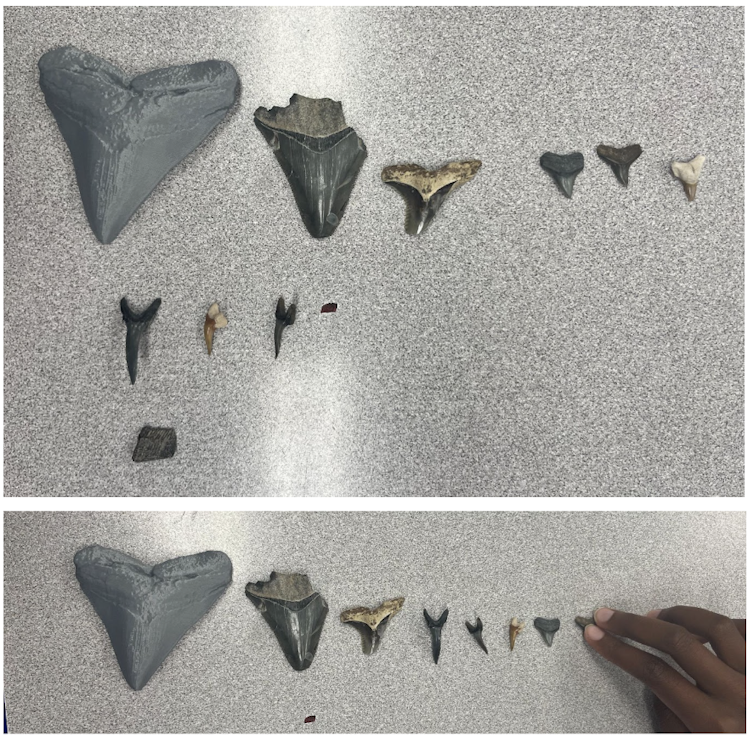
Christine Wusylko, CC BY-ND
Through these activities, students learn about AI concepts such as the strengths and weaknesses of AI compared with human intelligence along with paleontology concepts such as the fossil record or the information that can be learned about the history of life on Earth by studying fossils.
Teachers have the flexibility to modify the activities, sequence and time they want to spend on the curriculum. This allows them to highlight the aspects that make most sense for their instructional needs and goals.
To prepare teachers to use Shark AI, we host a weeklong professional learning session in which teachers learn how AI is used in science. They also practice doing the activities in the curriculum, and we leave plenty of time for discussion to demystify the technology.
An important component of the training is to create a community for the teachers. They have opportunities to check in, brainstorm and troubleshoot together throughout the year.
The Shark AI staff also checks in frequently with teachers individually to provide personalized support, usually troubleshooting questions about Google Teachable Machine. The teachers meet as a group once every few months to build community.
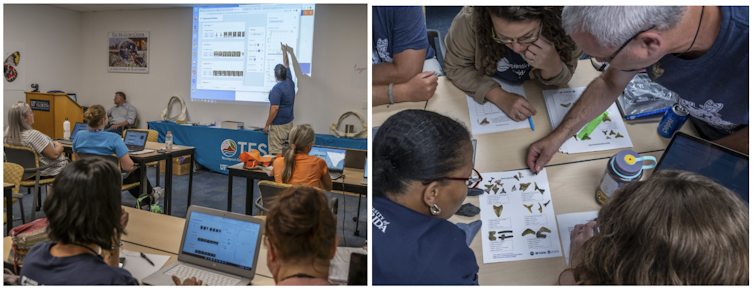
Photos courtesy of the UF College of Education., CC BY-ND
With these supports, we have found that teachers can change their understanding and beliefs about AI, and feel comfortable and prepared to teach science with AI methods.
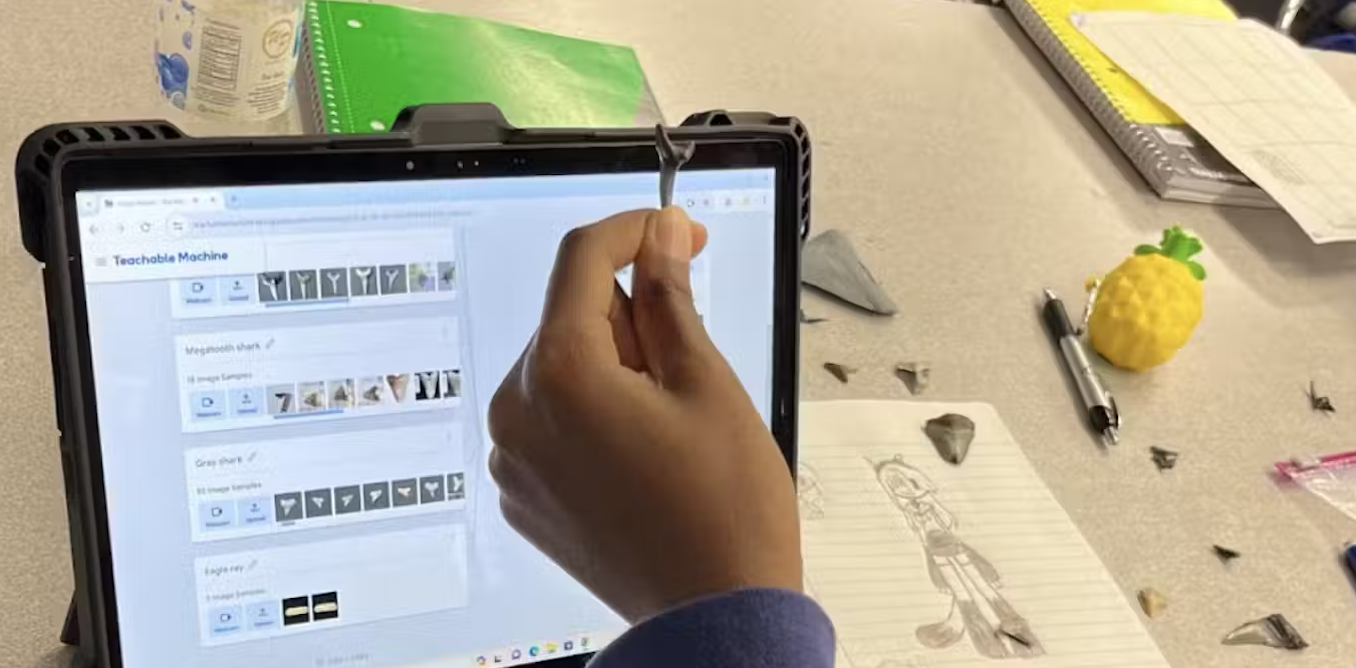
The post “Shark AI uses fossil shark teeth to get middle school kids interested in paleontology and computer vision” by Christine Wusylko, Postdoctoral Fellow in Educational Technology, University of Florida was published on 04/09/2025 by theconversation.com






